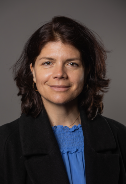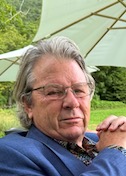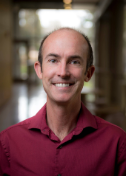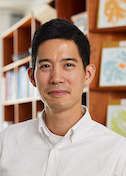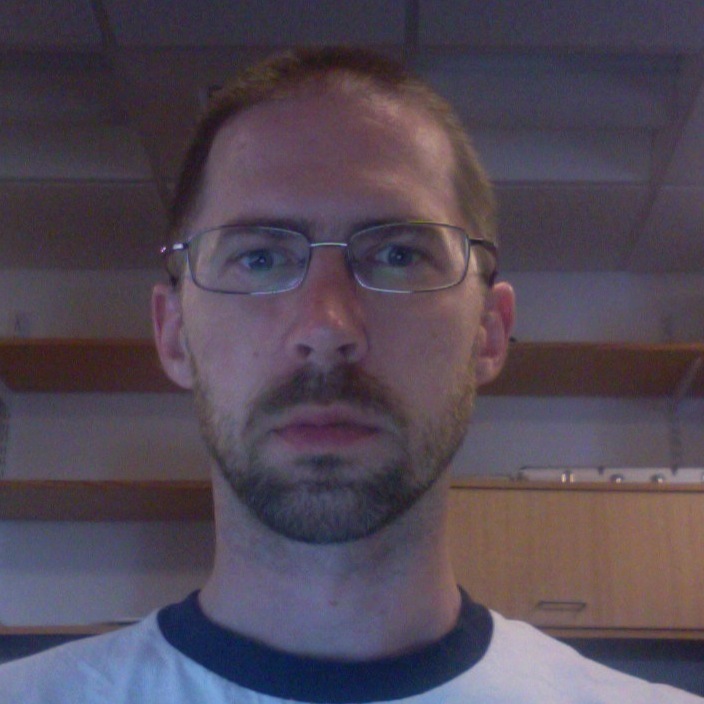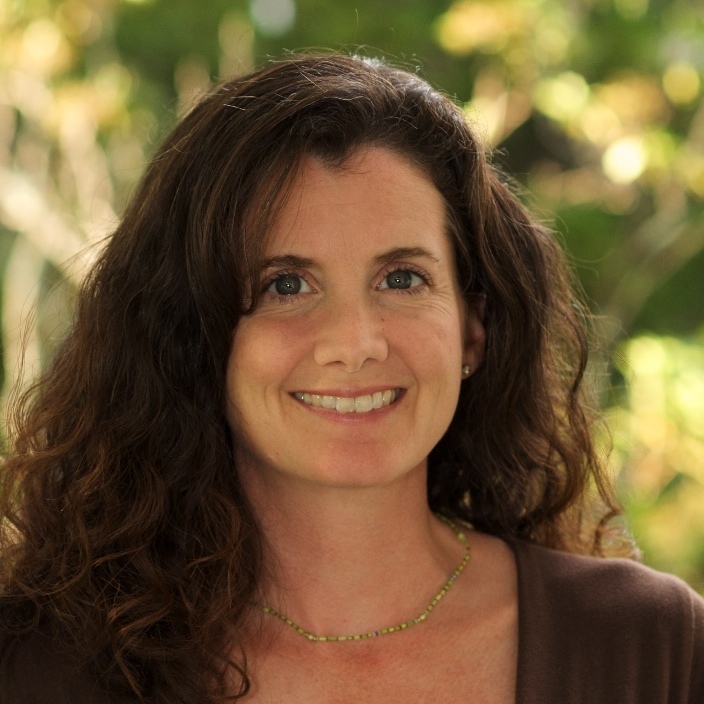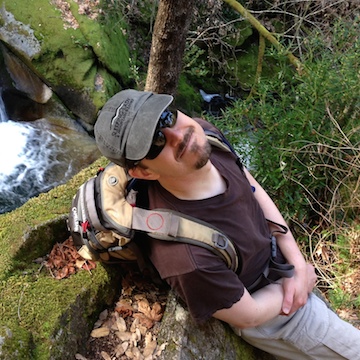Drug Designer
John Buolamwini
Rosalind Franklin University of Medicine and Science
Published May 30, 2017
In his lab at the Rosalind Franklin University of Medicine and Science in North Chicago, John K. Buolamwini designs drugs. He’s currently focused on reformulating drugs called nucleoside analog drugs, which have been used to treat HIV, hepatitis B, and pancreatic cancer. The drugs have been effective, but cause mitochondrial toxicity that limit their use in HIV/AIDS.
“If we can protect the mitochondria in the presence of these drugs, they can be resurrected as therapies,” says Buolamwini, a medicinal chemist and Chair of the department of Pharmaceutical Sciences. “That excites me.”
Buolamwini grew up in Ghana, in a farming community. At school, he became interested in science and had dreams of being a doctor. But at Ghana’s University of Science and Technology he fell in love with chemistry. At the University of Alberta as a graduate student in medicinal chemistry he designed pain-relief drugs.
After that, Buolamwini became interested in cancer therapeutics. He moved to the National Cancer Institute in 1992 for a post-doctoral fellowship and became interested in rational drug design, a relatively new concept at the time, but one that fit Buolamwini’s needs. “I could make any kind of compound,” he says. “The problem was deciding what compound to make.”
At the time, cancer researchers were just beginning to explore the idea of designing drugs to specifically target molecular drivers of cancer cell growth. “The task was to find the rogue proteins in cancer and go after them and spare the normal cells,” says Buolomwini, who later founded the journal Current Cancer Drug Targets to chronicle the field. “We had high optimism for targeted therapy.”
Crystal structures and other biochemical and genetic studies provide medicinal chemists like Buolomwini with the information they need to know which proteins the compounds target and to see how a drug binds to a them. Buolamwini relies on structural biology for more precise drug design, but collaborators who are x-ray crystallographers solve most of the structures he works with. “I tip my hat to the crystallographers,” he says. “They exercise a great deal of patience.”
Many of the drug targets Buolamwini identified as promising during the 1990s have recently become approved therapeutics. For instance, two CDK4/6 inhibitors, palbociclib and ribociclib, have been approved for use in certain forms of breast cancer. “The CDK inhibitors languished for awhile,” he says. “I think they were using the wrong molecules at first. The newer agents have become useful.”
Buolamwini carried out his early work as a medicinal chemist at the University of Mississippi, then spent 14 years at the University of Tennessee College of Pharmacy. In 2014, he moved his lab to Chicago. Over the years, Buolamwini has investigated novel designs for cancer therapeutics, HIV and other viral drugs, and new approaches to treating Alzheimer’s disease. Medicinal chemists often find their way into pharmaceutical companies, but Buolamwini likes the freedom of academia, and the ability to contribute innovative ideas as well as the chance to train young scientists.
Currently his lab is collaborating with biologists at Emory University to protect mitochondria from toxic nucleoside reverse transcriptase inhibitors. The drugs enter the mitochondria and bind to DNA polymerase-gamma, interfering with its role in replicating mitochondrial DNA. The team is investigating the transport of the drugs into mitochondria and how they produce metabolites that bind to polymerase-gamma.
This research guided Buolamwini’s team design a prodrug solution that ensures the drug is only active when in the cell’s cytoplasm. “It’s not a drug until it is unmasked,” he says.
His lab is also working on compounds that modulate a calcium channel that is associated with Alzheimer’s disease. The concept is based on previous work showing that similar compounds had positive effects on mouse models of the disease. Quantitative structure-activity relationship studies and compound library screening experiments are guiding improvements in binding affinity.
“We combine many methods to develop new compounds,” says Buolamwini. “I don’t have a drug on the market yet. My work, with students, associates, and collaborators, is to promote drug design and discovery.”
--Elizabeth Dougherty



